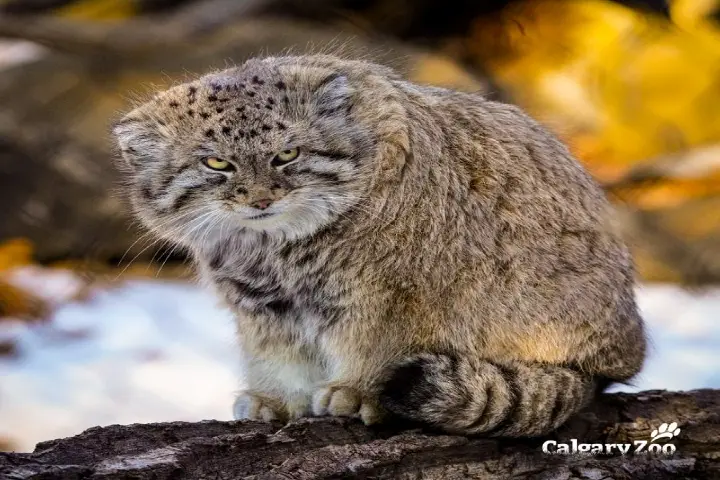The world’s highest mountain, Mt. Everest, brings to mind one of the most inhospitable places on the earth. Now a breaking news in Cat News reveals that scientists have found proof of Pallas’s cat there in Nepal’s Sagarmatha National Park.
In 2019, from April 7 to May 2, scientists from eight countries explored this region as part of the project called the National Geographic and Rolex Perpetual Planet Everest Expedition. Led by Dr. Tracie Seimon of the Wildlife Conservation Society, they collected environmental samples from SNP.
The genetic analysis of these samples revealed that there were at least two Pallas cats inhabiting Mt. Everest. DNA of Pika, a small mountain-dwelling mammal and mountain weasel, also a mammal, were found in the samples and these animals for a vital part of the diet of these cats.
Sharing details about the find, Dr. Seimon said: “It is phenomenal to discover proof of this rare and remarkable species at the top of the world. The discovery of Pallas’s cat on Everest illuminates the rich biodiversity of this remote high-alpine ecosystem and extends the known range of this species to eastern Nepal.”
Named in honour of Peter Simon Pallas, the scientist who described this species in 1776, this species is found across the grasslands in Asia with the majority of its range falling in Russia and Mongolia.
A very distinctive looking felid, it has short legs, a stocky and compact build and long fur. Its underparts have hair which is twice as long as on the top and sides, keeping it warm in very cold conditions, a typical attribute of its habitat.
With this discovery, a new species gets added to the list of known mammals in SNP, a protected World Heritage site. Pallas’s cat is protected under the Convention on International Trade in Endangered Species of Wild Fauna and Flora.
Further study is required to know more about this cat’s range, density, population and diet.




















